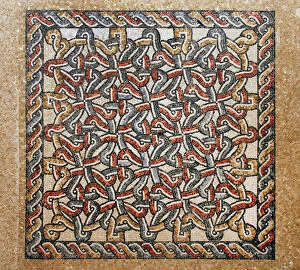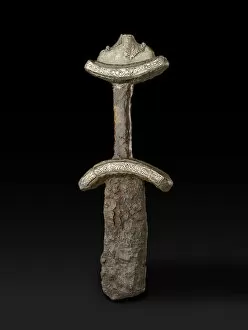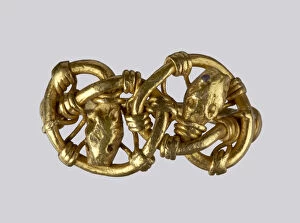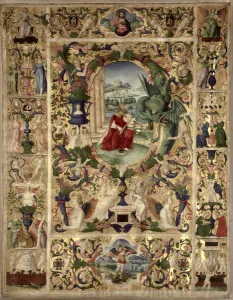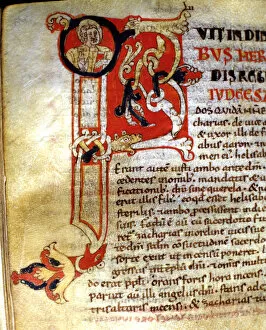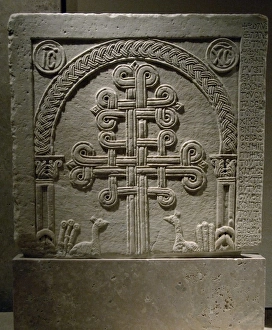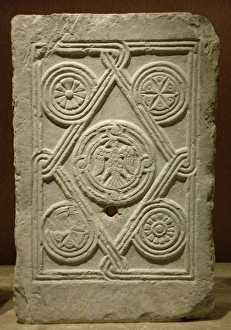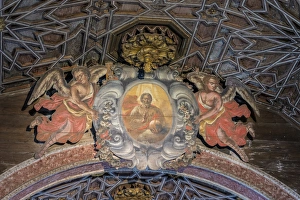"Interlacing: A Tapestry of Artistic Expression Through the Ages" From the intricate marble slabs adorned with Byzantine reliefs to the finely carved details on Viking longships, interlacing patterns have captivated artists throughout history. In Byzantine art, we see the mesmerizing beauty of interlaced crosses on marble slabs, showcasing a fusion of religious symbolism and artistic craftsmanship. These delicate reliefs from the 11th and 12th centuries transport us back to a time when faith and art intertwined seamlessly. The mastery extends beyond religion, as seen in architectural fragments from the High Imperial Period. Carved decorations intricately weave together geometric motifs, revealing an appreciation for symmetry and precision that defined this era. Even in everyday objects like ship rowlocks or Late Saxon rings, we find evidence of interlacing's enduring appeal. The wooden rowlock displays exquisite carvings that mirror the waves it navigated upon, while a golden ring reveals how even small adornments can be transformed into works of art through skillful intertwining designs. Venturing further into medieval manuscripts, vellum pages come alive with elaborate initials and illustrations. In Ms 364 Letter D (Deus) Initial from Monte Cassino's Breviary or Ms 384 Christ in Glory page from Saint-Denis' Antiphonary, we witness how interwoven lines create captivating visual narratives that transcend words themselves. Not limited to Europe alone, even stone sculptures found on Gotland Island tell tales through their figures entangled within each other—a testament to interlacing's universality across cultures. Moving eastward to Shiloh in West Bank brings us face-to-floor with an early Byzantine church mosaic. Here again is evidence of interconnectedness—geometric patterns forming harmonious compositions that reflect both divine order and human creativity. Finally, our journey concludes with The Abingdon Sword, a treasure from the late Saxon period.







